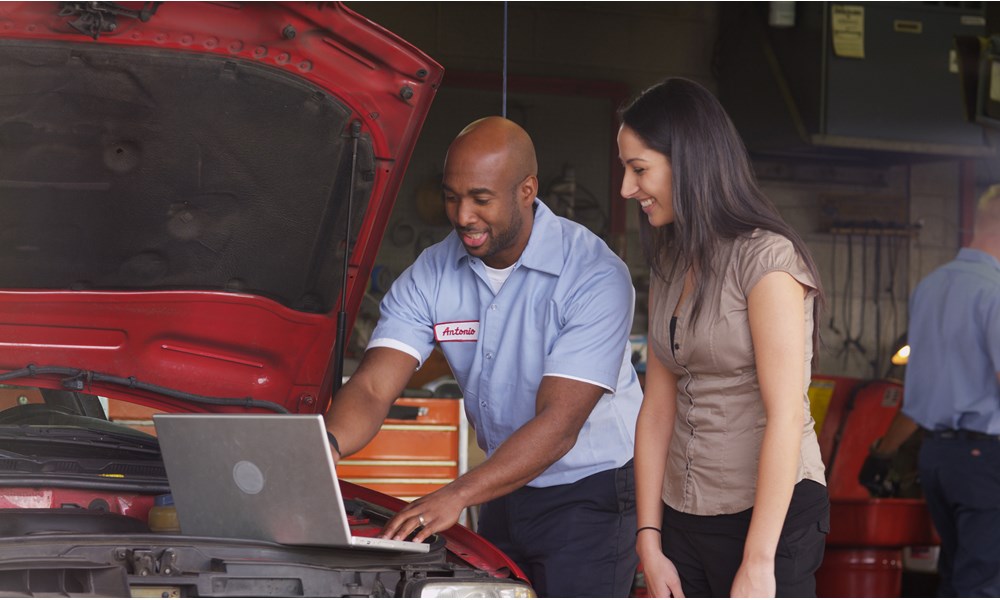Multi-Point Inspections: A Checkup for Your Car

Taking your vehicle in for service is often like going to the doctor for a routine checkup. If your car is having problems, it may be the human equivalent to the flu, but it just goes to show how similar cars are. While their blood may be made up of oil and gasoline, taking care of your car is still a very important task. Neglect to take care of yourself or your car, and you could be staring down some pretty expensive bills.
When you take your vehicle in for service, the technicians will often perform a multi-point vehicle inspection. Just as a doctor would make notes in your medical chart, the repair technician has a list of areas to check on your vehicle. This record is given to you when service is complete so you can judge for yourself when to make repairs, and prepare accordingly.
The only problem is that many people simply don’t know what these records mean. While the inspections are intended to improve safety and save money in the long run, many owners ignore them and are forced to pay the consequences. No worries, as we’ll take a look at what the multi-point inspection form means and why it’s so important.
At the top of the multi-point inspection form are often the vehicle’s make, model, mileage, and the name of the technician performing service. The owner’s contact information is also noted here, as well as the vehicle’s identification number, or VIN for short. This is the vehicle’s version of a social security number, and is just as important to your car for legality reasons.
From here on out, you’ll likely see a lot of green, yellow, and red boxes with check marks scattered throughout. To keep things simple, just think of it as a traffic signal: Green boxes that are checked mean that the component was inspected and found to be in good condition, while yellow means that the part will need attention and service in the future, and red boxes denote components requiring immediate attention for safety’s sake.
What kinds of things are checked? Perhaps the most prevalent item on any inspection sheet is the condition of the vehicle’s tires. You’ll see conditions marked for each tire regarding tread depth, as well as tire pressure, damage and wear patterns, and whether an alignment check is necessary. You’ll also notice that brake condition is highly important on the inspection sheet. Again, the color of the marked box denotes overall condition of the braking system, and whether or not components such as brake pads need to be replaced.
Aside from the major components such as tires and brakes, other things being inspected are just as important, if a bit smaller and tougher for the normal owner to notice. All fluids such as coolant, transmission fluid, engine oil, brake fluid, and power steering fluid are checked, which is helpful as most owners don’t think to check the condition and levels of these fluids on a normal basis. Other components inspected include windshield wipers, air filters, steering linkage, lighting components, and suspension and steering pieces, among other things.
It may all sound like a complex task, and one that seems pretty important. That’s because it is. It may just be a piece of paper, but it’s one that can give a great glimpse into the condition of your vehicle. After all, wouldn’t you want to know if you had health problems?
